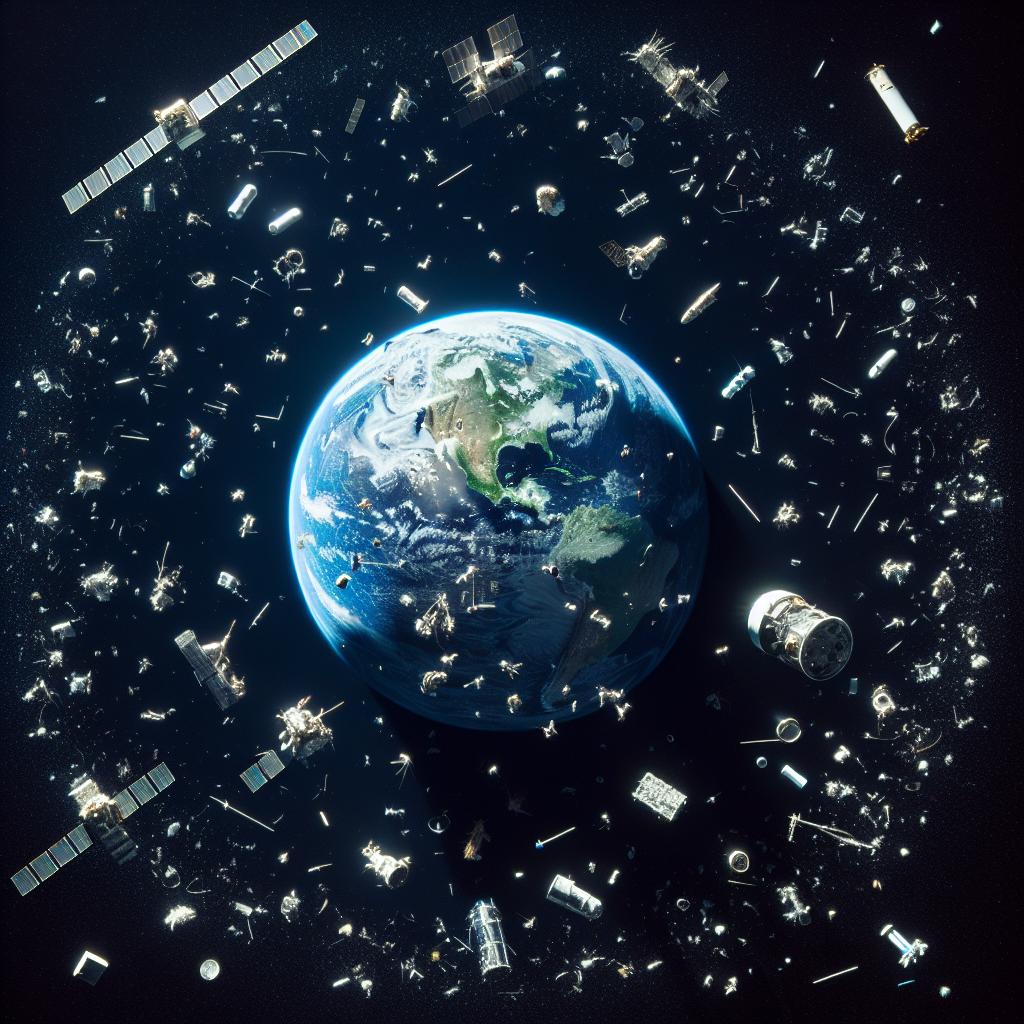ESA's Charter: Steering Clear of Space Debris
The European Space Agency is in discussions with SpaceX about joining a global initiative to manage space debris. Led by ESA, the charter aims to prevent new debris by 2030. Amidst competition from SpaceX and Amazon in satellite constellations, nations and companies address the growing orbital junk issue.

The European Space Agency (ESA) is actively engaging with SpaceX, exploring the possibility of the latter joining a global initiative aimed at reducing the mounting space debris. As Director General Josef Aschbacher revealed to Reuters, this is part of the ESA's broader campaign to mitigate the risks posed by space junk.
SpaceX's Starlink satellites account for around two-thirds of the active spacecraft in low Earth orbit, intensifying the focus on debris control. Amazon and China are also launching their own satellite constellations, further contributing to the orbital environment. Currently, 110 entities have aligned with ESA's ambitious Zero Debris charter targeting no new orbital debris generation by 2030.
While SpaceX has not yet committed, discussions are ongoing. The lack of universal regulations on space debris prompts various national bodies to establish their own rules. However, the ESA's charter remains a pivotal step in encouraging industry transparency and collaboration in this critical area.
(With inputs from agencies.)










